Many pitchers have their back foot drag, many do not.
Is it a bad thing, a good thing, or does it depend on the mechanics the pitcher is most comfortable with?
Original Post
Replies sorted oldest to newest
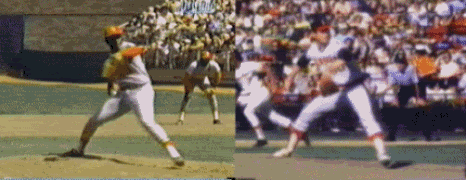
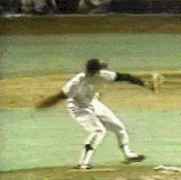
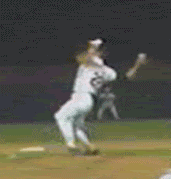

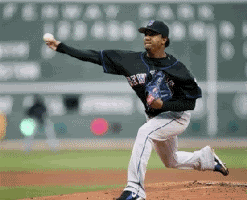
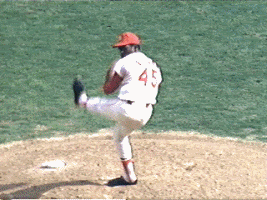

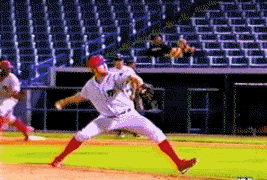
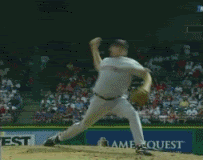
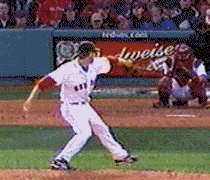
quote:Originally posted by BOF:All Hail to the Drag Queen.
Nice First post. Welcome.
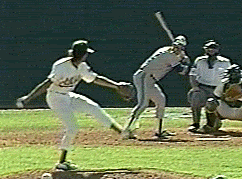
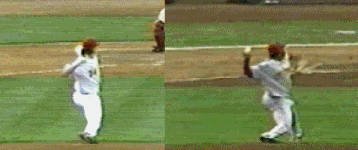
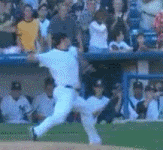
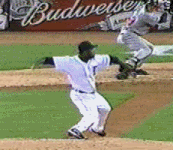

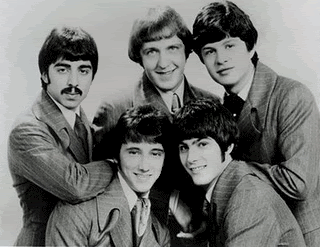
quote:One of the most admired SAD members was the “side arming” Dennis Eckersley. Not only did his foot come waaaay off the ground, never to return, his furry appearance, unusual release point, and ability to “paint”, made him a hero to those who were slightly different or found it impossible to drag. With perhaps the greatest painter in history firmly on their side, it now seemed ridiculous to argue that throwing drag-less somehow led to control problems. Furthermore, as with many of the drag-less, it became next to impossible to mark where his drag-line ended as it hardly ever started!
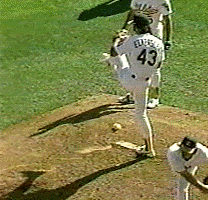


quote:But, I also do not think that "exceptions" should necessarily be used as teaching models, nor do "exceptions" completely negate the use of a valuable teaching concept that is based on what a majority of elite players may share in common...if you don't get that, then baseball must seem completely random to you.
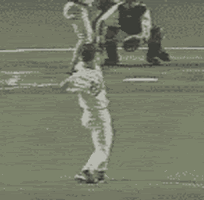
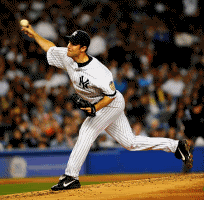
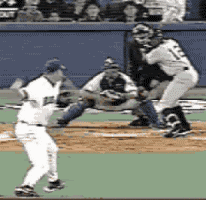

quote:Unfortunately Larson must have forgotten this technique faster than he learned it, as he was never able to come close to repeating this kind of success?
quote:”I’d prefer the kingdom not be trampled to death by a Marshallite invasion”
quote:“so perhaps we could divert the barbarian hoards toward a new separate post”
quote:”You have interest in using run up techniques for baseball pitchers. My query”
quote:“I’ve often wondered what would happen if javelin throwers decided to adopt a more rotational technique?”
quote:“Perhaps I’ll start a new post on the topic.”
quote:You can read what you like into that statement, but in my interpretation, "about the same time" is not at all the same as saying "at exactly the same moment". To me, this statement allows for a range of possibilities, including guys who do release the ball just before their post foot pops up to guys that you have shown, who release the ball from .03 to .06 sec (1 to 2 vid frames) after the post foot pops up into the air.
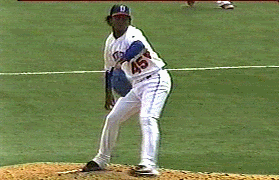
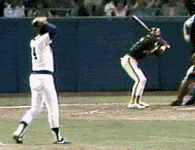
quote:Still: If a young guy with no drag-line is struggling and it looks like lack of stability and balance are clear problems in his delivery, well...I wouldn't hesitate to suggest adjustments to his posture that will happen to produce a drag-line (note: None of this includes any instruction to "drag your foot"...the drag-line is a result of stable posture, not the other way around...that really would be the tail wagging the dog, and maybe that's part of the misunderstanding between us?).
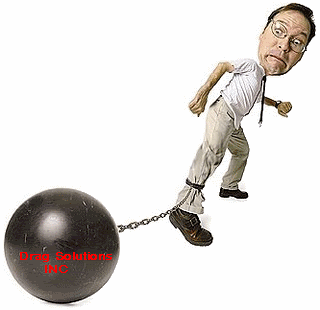
quote:you might be able to confirm this one way or the other.